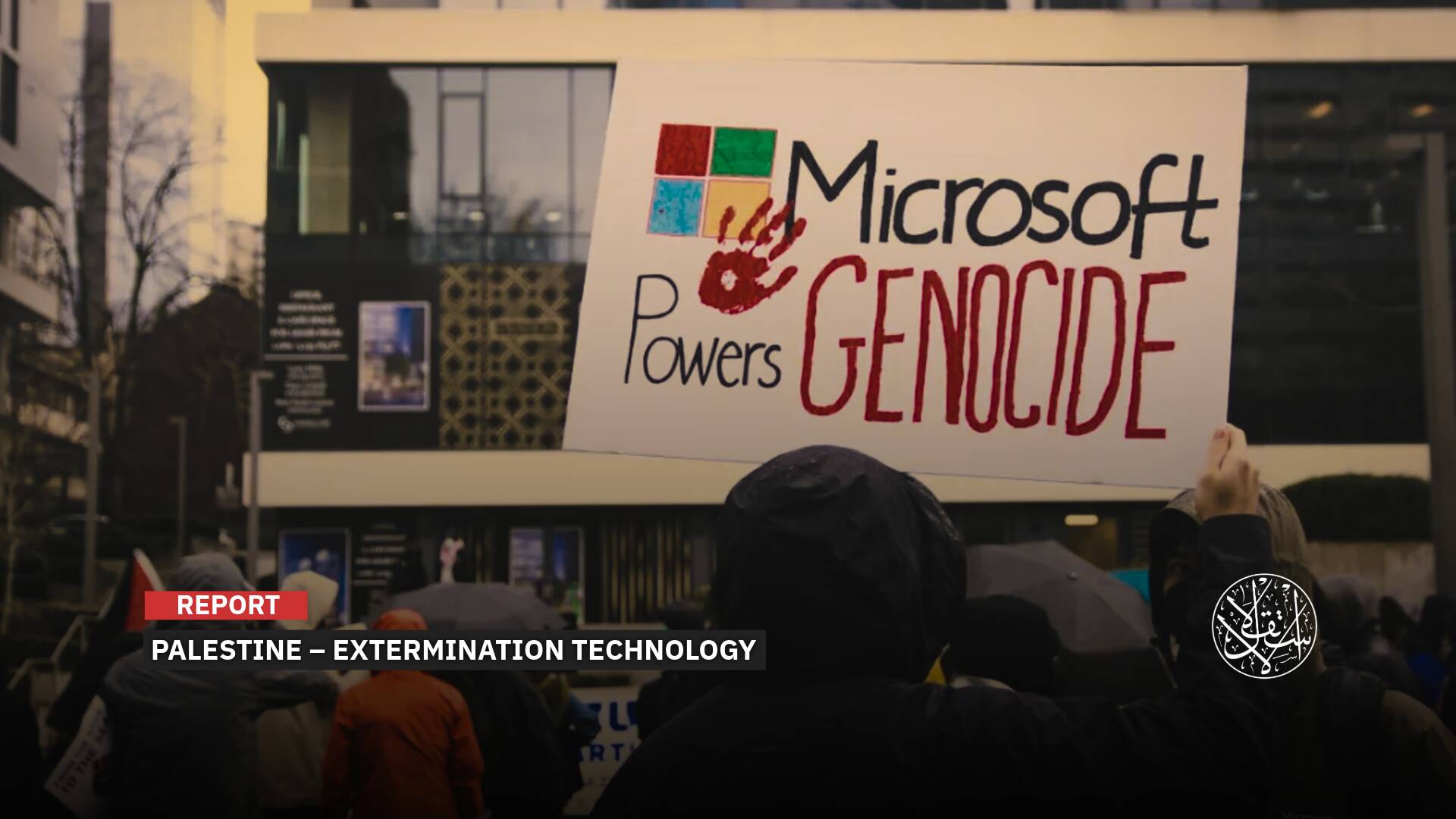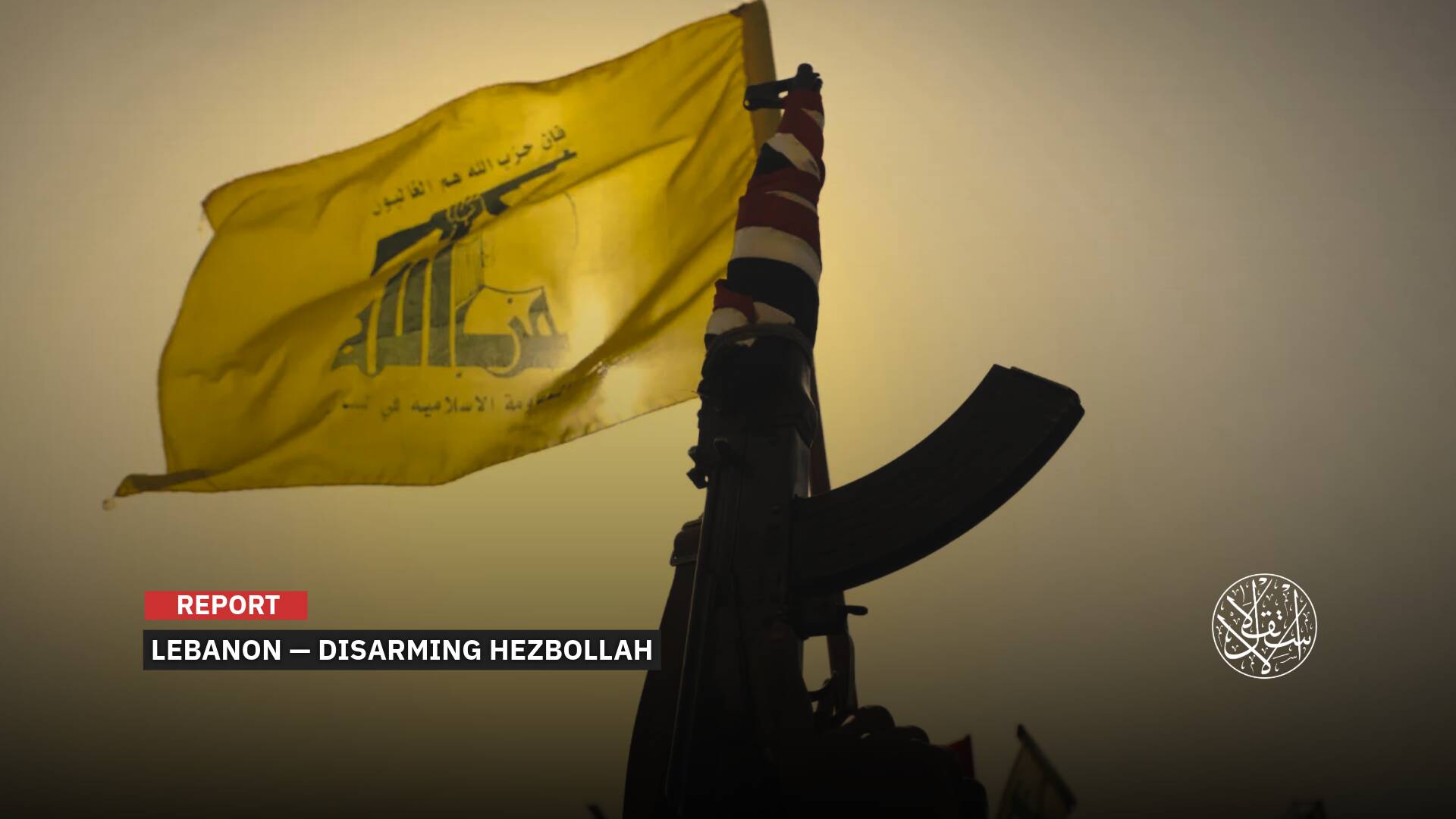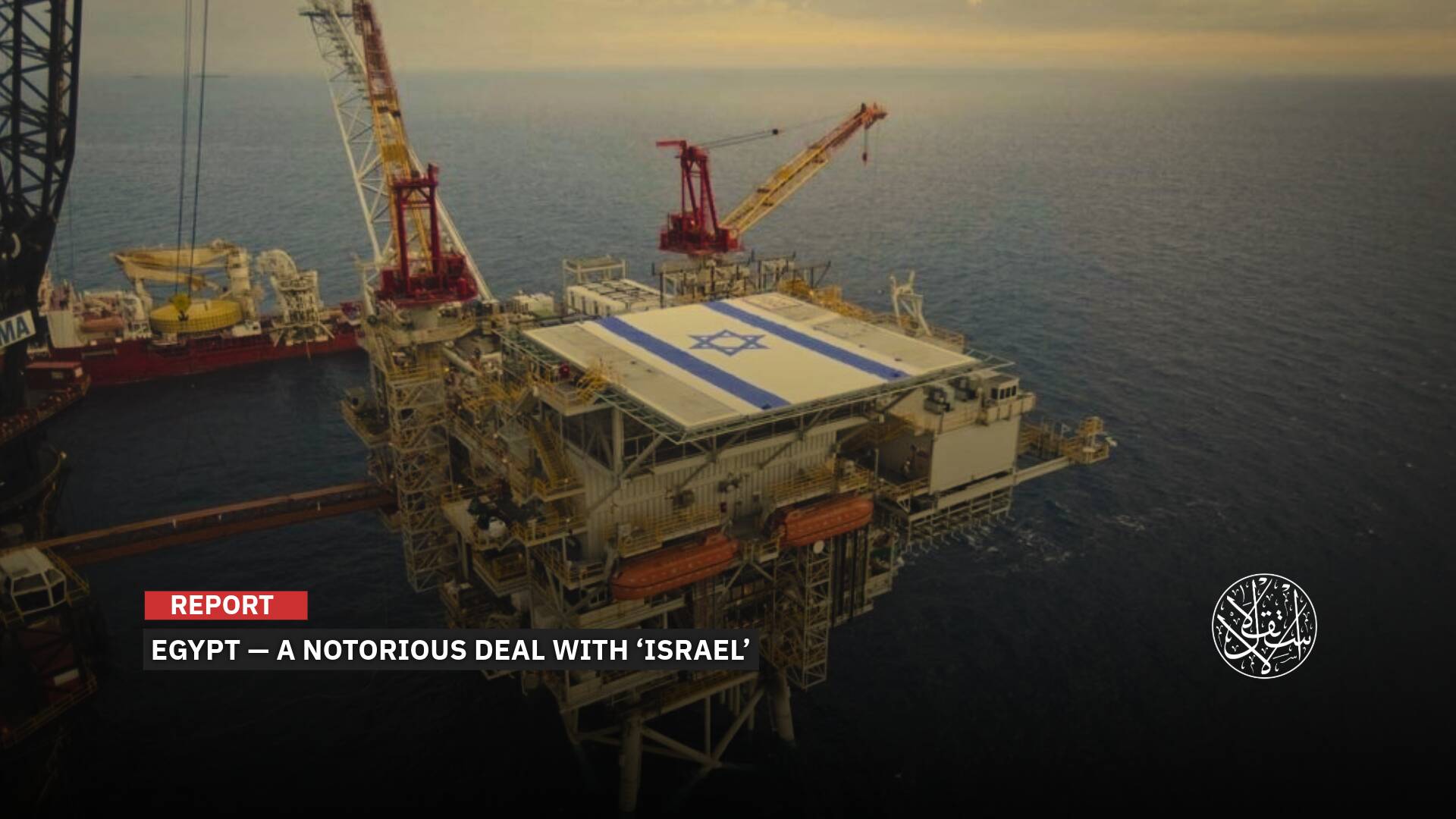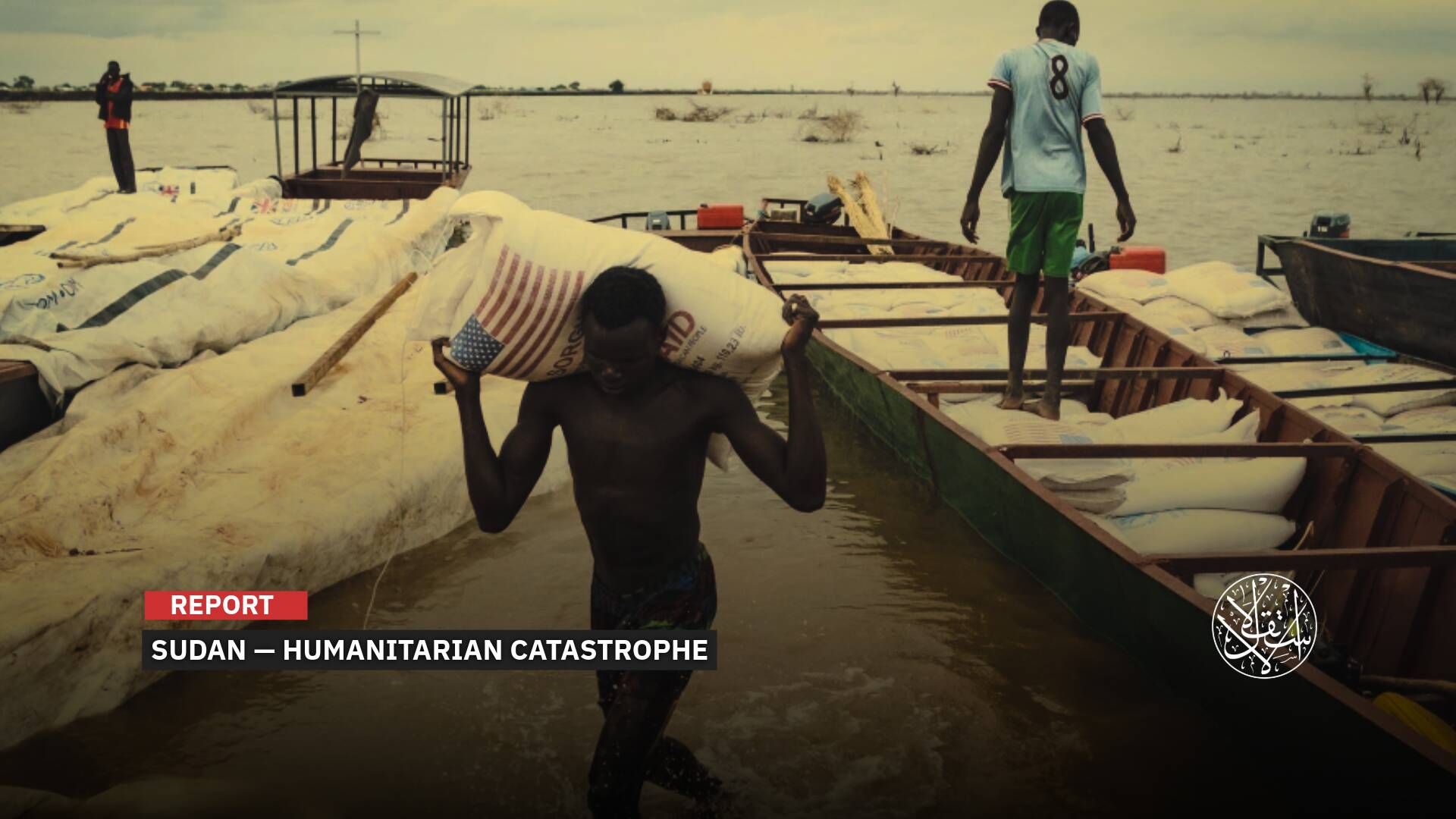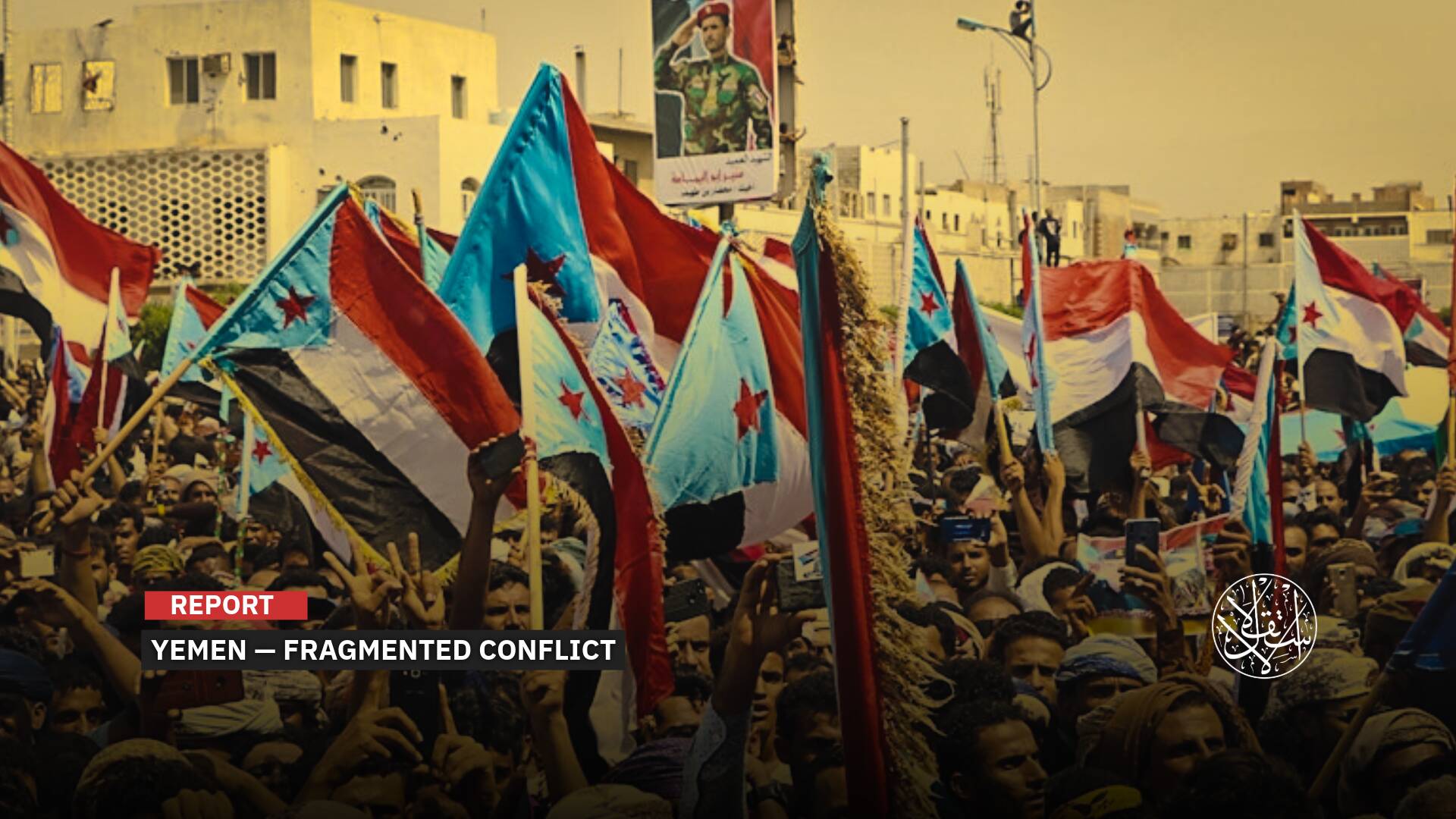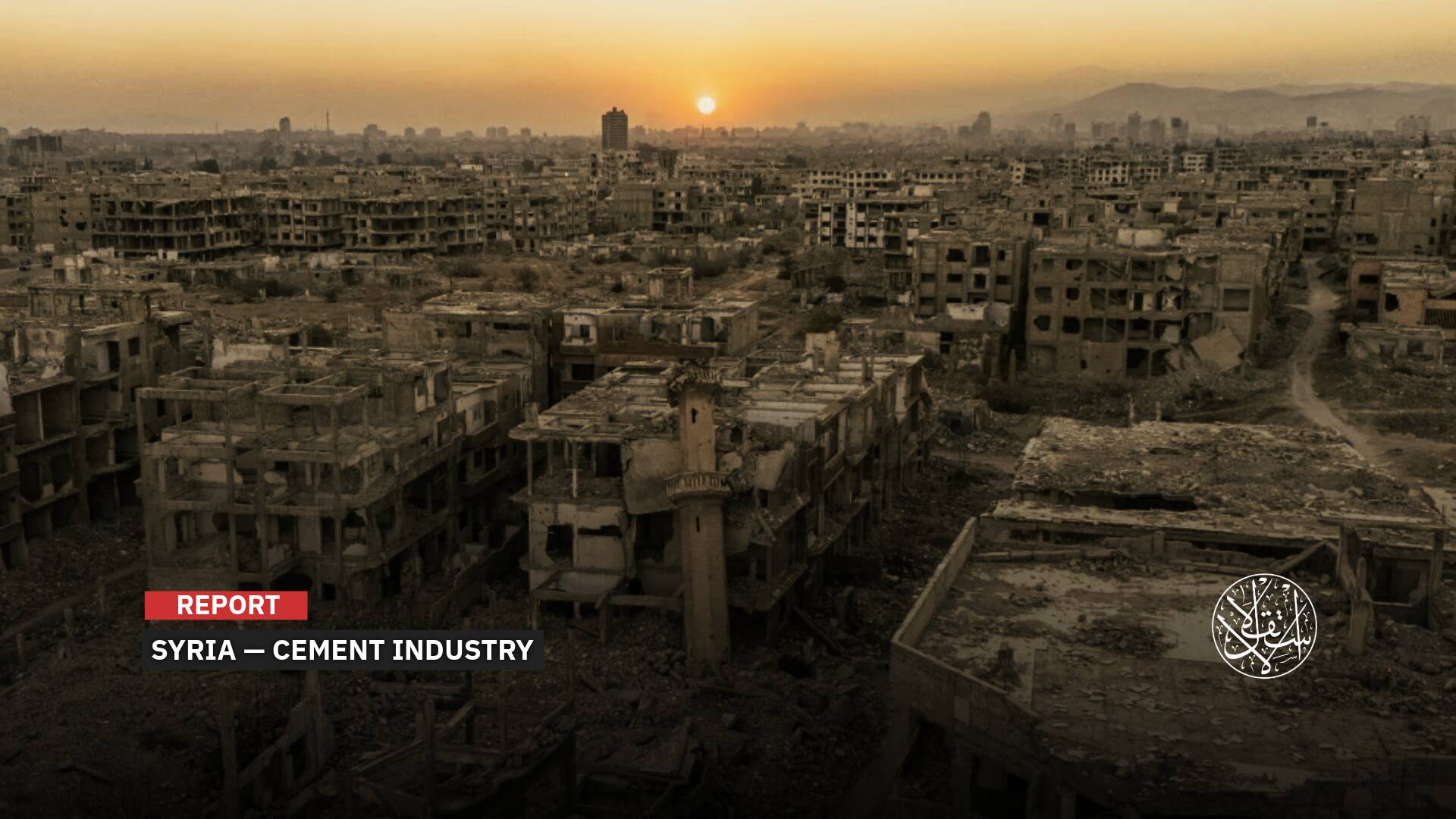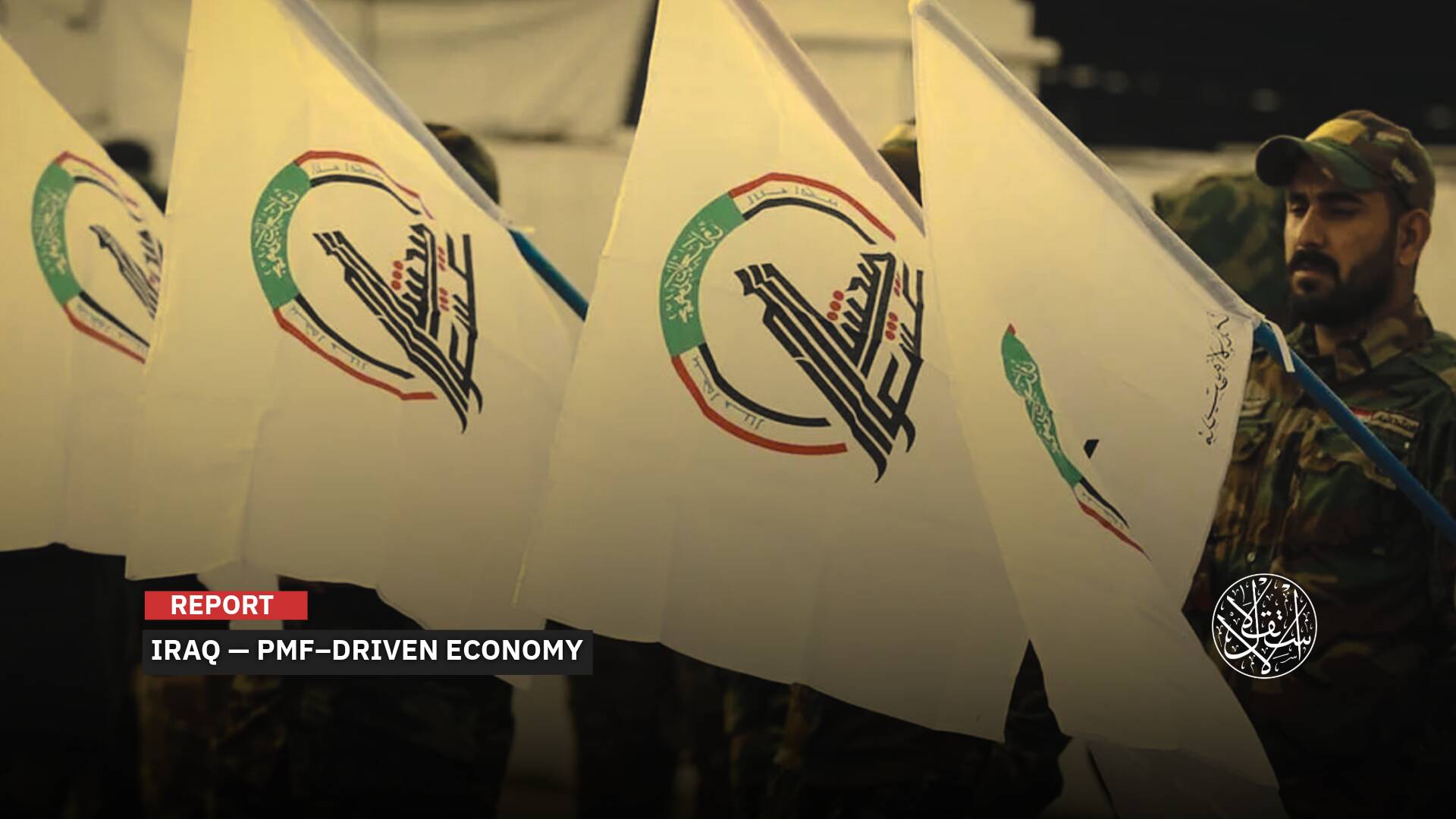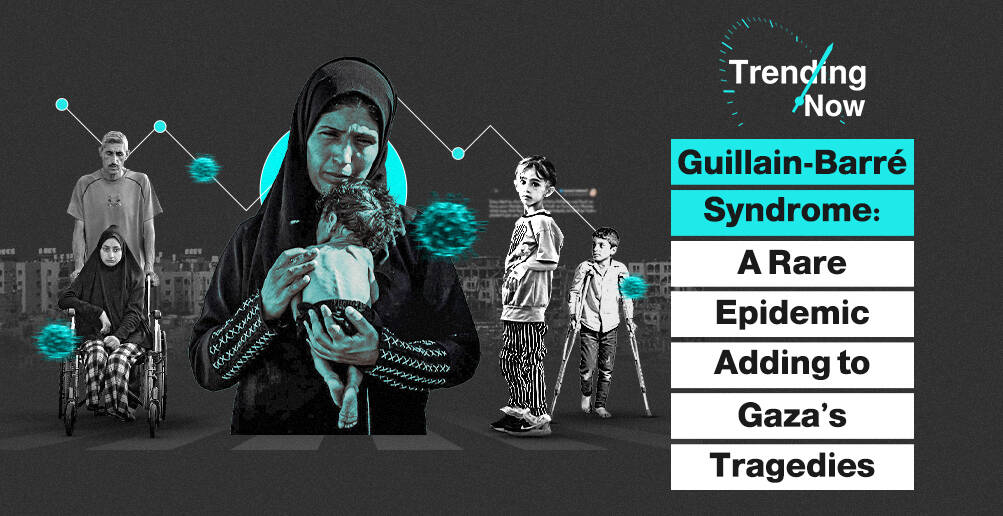This Is How the Rich Countries Are Killing the Climate and Walking in Mourning at the Sharm el-Sheikh Summit

The discussions of the United Nations Climate Change Summit COP27 in the Egyptian city of Sharm el-Sheikh have been revolving around routine issues that have been circulating for years, in order to limit the global temperature rise to 1.5 degrees Celsius, compared to 3.5 degrees currently expected, without addressing the main cause.
The Earth has become at least 1.1 degrees Celsius hotter than it was in the nineteenth century, which is on the rise, according to scientists who spoke to the Washington Post on October 25, 2021.
World leaders, who met in Sharm el-Sheikh from November 6-18, 2022, did not discuss the most serious issue related to climate degradation: military spending and arms sales.
This cause was never recorded on the agenda despite its deep and lasting impact on ways to address the climate crisis, which observers describe as adding fuel to the fire.
What is the role of arms deals in climate destruction, and why did rich countries ignore arms research and its impact on global warming, and why did Egypt collude with these countries at the Sharm el-Sheikh summit?
Serious Report
In this regard, the TNI Institute, the Stop Wapenhandel (Stop Arms Trade), a Dutch research and campaign organization, and the Tipping Point North South, a British cooperative to advance the global social justice agenda, issued a joint report on the danger of armaments to climate change.
The report, which was published on November 14, 2022, stated that the spending of rich countries on armaments is 30 times more than their spending on confronting climate change, although the climate is deteriorating more due to weapons.
The three global research centers are independent, and their work focuses on social justice and world peace. The centers published their report in conjunction with the activities of the COP27 conference to shed light on military spending as an unspoken aspect in Sharm el-Sheikh.
The report indicated that the richest countries, classified as Annex 2 countries of the United Nations talks, spend 30 times more on their armed forces than they spend on providing climate financing that they must legally commit to countries most vulnerable to climate damage in the world.
The countries of Annex 2 of the United Nations climate talks mean developed countries that pay the costs of facing climate damage to developing countries.
The list of countries includes Australia, Austria, Belgium, Canada, Denmark, Finland, France, Germany, Greece, Iceland, Ireland, Italy, Japan, Luxembourg, the Netherlands, New Zealand, Norway, Portugal, Spain, Sweden, Switzerland, the United Kingdom, and the United States. United.
The report indicated that the seventh largest countries in terms of emissions are among the top ten countries in military spending in the world, namely: the United States, China, Russia, the United Kingdom, France, Japan, and Germany.
It explained that the remaining three countries among the top ten in military spending (Saudi Arabia, India, and South Korea) emit high emissions of greenhouse gasses.
According to the results of the report, between 2013 and 2021, the richest countries spent $9.45 trillion on military spending, i.e., 53.6% of the world’s total military spending ($16.8 trillion), which is compared to about $243.9 billion in additional financing for the climate.
The results of the report showed that military spending has increased since 2013 by 21.3%.
The report revealed that the richest countries themselves exported weapons to all countries most vulnerable to climate change, which includes 13 countries involved in armed conflicts, 20 other countries subject to authoritarian regimes, and 25 suffering from the lowest levels of human development, as well as countries subject to an arms embargo imposed by the United Nations and the European Union, such as Afghanistan, Central Africa, Myanmar, Somalia, Sudan, Yemen, and Zimbabwe.
In addition to the list of the richest countries, Russia and China ranked second and fourth as the largest exporters of weapons to countries vulnerable to climate change by exporting these weapons to 21 and 13 countries, respectively.
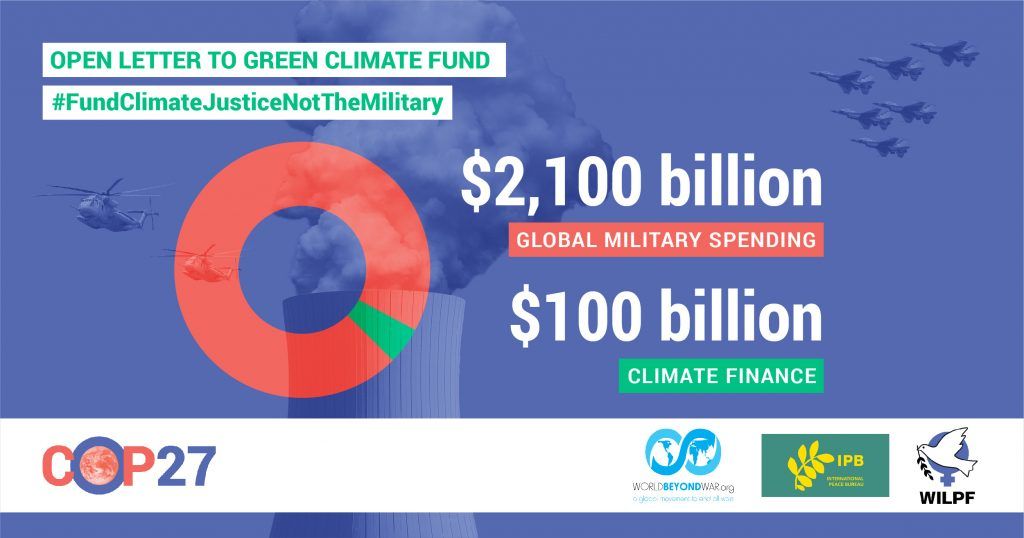
5% of Pollution
The report of the three centers on neglecting arms deals revealed hidden aspects of global warming and climate change, and diverted financial resources away from the requirements of spending on confronting climate change.
The report estimated that the carbon footprint of the world’s armies, as well as its arms industries, was responsible in 2017 for about 5% of global greenhouse gas emissions, compared to 2 percent for the carbon footprint of civil aviation.
He believed that the world’s armies, if classified together as one country, would be globally the 29th in terms of fuel consumption, the burning of which causes climate deterioration.
The same thing was confirmed by a study by the British Conflict and Environment Observatory (CEOBS) on November 10, 2022, which indicated that “the world’s armies are responsible for 5.5% of global carbon emissions.”
It explained that if the world’s armies combined were considered a state, it would have the fourth largest national carbon footprint in the world, greater than that of Russia.
Dr. Stuart Parkinson, author of the tripartite report, said: “The world’s armies and their wars are a very important but neglected source of carbon pollution. These emissions have increased with the Ukraine war and the international increase in military spending.”
He explained that “the most recent data on Militaryemissions.org, which monitors military carbon-polluted emissions, shows that there is no annual improvement in the quality of reporting these emissions by governments to the United Nations.”
“Indeed, many countries continued not to provide any military data at all about their climate pollution, including the top 10 military spenders such as India, Saudi Arabia, and South Korea,” he added.
He gave an example of how the war is already diverting resources from climate finance to military spending, with Britain transferring, in June 2022, money from the climate finance budget to partially fund a £1 billion military support package for Ukraine.
The Norwegian government has also temporarily suspended all development aid payments, including climate financing, to get an overview of the potential consequences of the war in Ukraine.

Egyptian Complicity
In this context, the tripartite report criticized Egypt as the host country for the climate conference, pointing to its collusion with rich countries through its reluctance to raise the issue of armaments on the agenda of COP27. In addition to being among the top five countries importing weapons in the world between 2017 and 2021, with 5.7% of global arms imports.
The report identified the sources of these weapons to Egypt, as 14% came from Russia, 21% from France, and 15% from Italy, stressing that Egypt also received support for the police and border guards from the European Union countries, especially Germany.
Egypt has concluded fossil fuel deals worth $74 billion since 2014, with many companies, most notably Exxon Mobil and Chevron, also failing to develop effective climate adaptation plans, and actively suppressing climate and democracy activists in the country.
In its annual report issued on April 25, 2022, the Stockholm International Peace Research Institute (SIPRI) confirmed that global military spending exceeded $2 trillion for the first time.
It stressed that global military spending continued to grow in 2021, reaching an all-time high of $2.1 trillion, the seventh year in which global spending on arms has increased.
The institute stated that the five largest spenders on armaments in the world in 2021 are: the United States, China, India, the United Kingdom, and Russia, which together accounted for 62% of spending.
In the Arab world, Qatar’s military spending amounted to $11.6 billion in 2021, making it the 5th largest spending country in the Middle East.

The report of SIPRI for Monitoring Armaments Operations on March 15, 2021, revealed that the United States is the largest exporter of weapons around the world, while Saudi Arabia is one of the world’s largest arms buyers and America’s largest customer.
The United States acquired 37% of arms exports around the world during the past five years, becoming the first source, while Saudi Arabia was the largest buyer of weapons from it.
The report indicated that nearly half of US arms exports went to the Middle East, while Russia is the second largest arms exporter globally, accounting for 20% of the market.
France comes third with 8%, then Germany and China with 5%, then “Israel” and South Korea with 3%.
Among the most prominent customers of the United States are Saudi Arabia, Australia, the UAE, Qatar, “Israel,” Britain, and Japan, while Russia relies on four main customers: India, China, Algeria, and Egypt, according to the American Axios website on March 16, 2021.
The tripartite report showed that the biggest winner in this military spending is the arms industry, as the richest countries export weapons to the most climate-vulnerable countries, fueling conflict and war amid the climate collapse.
It explained that arms exports not only divert funds needed to mitigate and adapt to climate change, but also risk fueling conflicts, repression, and human rights violations of populations on the front lines of climate change.
Sources
- The Military-Industrial Complex pressured by Climate Change
- New estimate: global military is responsible for more emissions than Russia
- World military expenditure passes $2 trillion for first time
- Redirect military budgets to tackle climate change and pandemics
- How military spending accelerates climate breakdown


